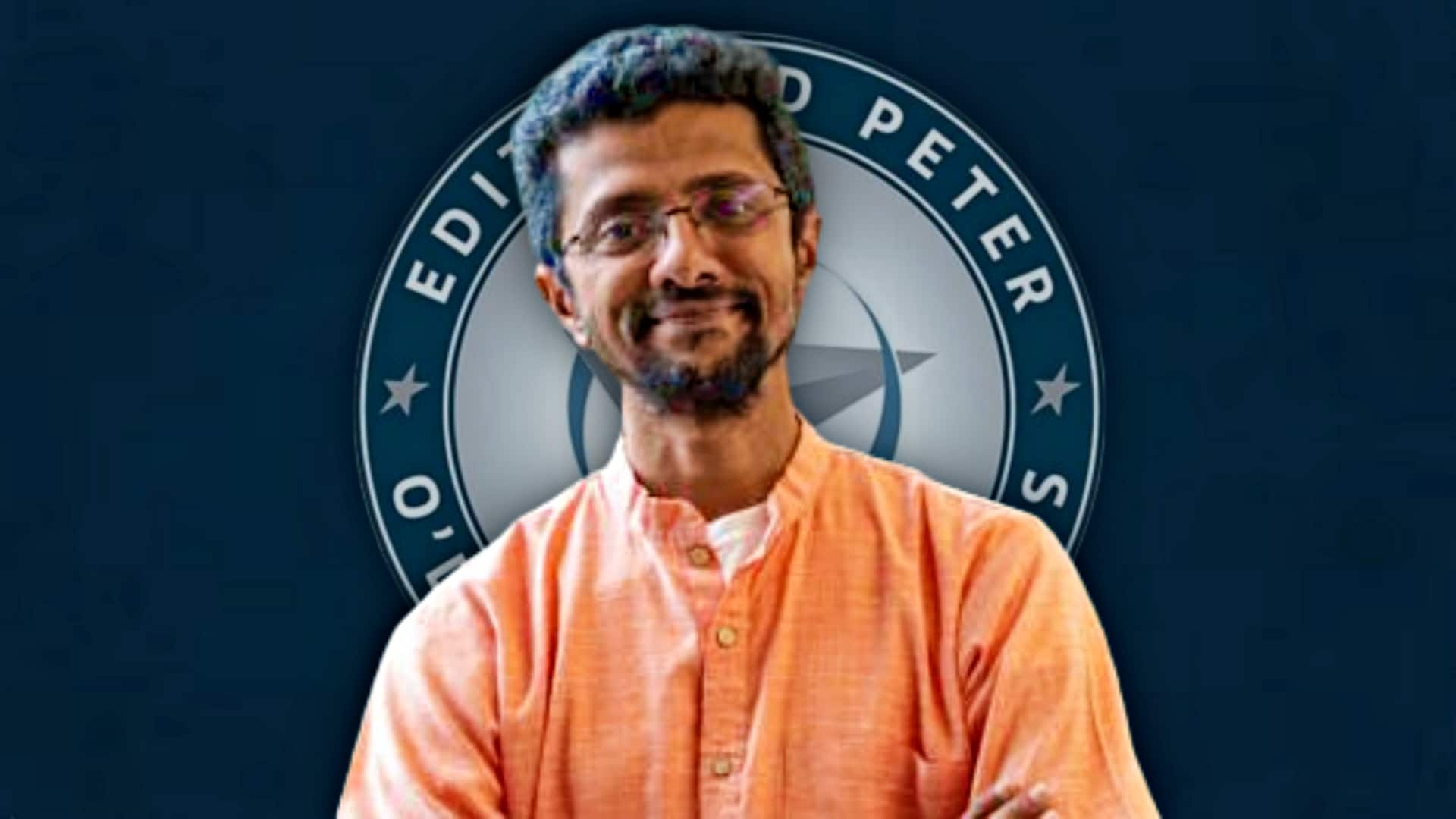
Indian-origin professor Ashok Veeraraghavan receives Texas' most prestigious award
What's the story
Dr. Ashok Veeraraghavan, a talented computer engineer and professor of Indian origin, has been awarded the prestigious Edith and Peter O'Donnell Award—the highest academic honor in Texas.
This esteemed recognition, presented by Texas Academy of Medicine, Engineering, Science, and Technology (TAMEST), celebrates Dr. Veeraraghavan's groundbreaking imaging technology that aims to make the imperceptible visible.
In an interview with PTI, he expressed his joy and gratitude, stating that the award acknowledges the innovative research carried out over the past decade.
Information
Edith and Peter O'Donnell Award is presented annually
The Edith and Peter O'Donnell Award is given each year to researchers with significant scientific advancements across various disciplines, such as medicine, engineering, biological sciences, physical sciences, and technological sciences.
Educational background
Dr. Veeraraghavan holds a Ph.D.
Hailing from Chennai, Veeraraghavan is a professor in the Electrical and Computer Engineering Department at Rice University.
He completed his B.Tech in Electrical Engineering from IIT Madras in 2002 before pursuing his master's degree and Ph.D. at the University of Maryland, College Park in 2004 and 2008, respectively.
After joining Rice University in 2010, he quickly rose through the ranks, becoming an Associate Professor in 2017 and a full Professor in 2020.
Works
Imaging technology breakthroughs
Dr. Veeraraghavan's research primarily focuses on computational imaging, comprehensive sensing for imaging, signal processing and computer vision, data science, and neuro-engineering systems.
His innovative work provides solutions for imaging systems that struggle to visualize targets due to light scattering effects in participating media.
He explained to PTI that fog while driving or clouds during satellite imaging are examples of scattering media.
Information
Veeraraghavan has also co-developed FlatCam
Veeraraghavan co-developed FlatCam, a slim sensor chip with a mask that replaces lenses in traditional cameras. This cutting-edge invention has made advanced computer algorithms more practical, allowing the sensor to detect and convert measurements into images and videos.